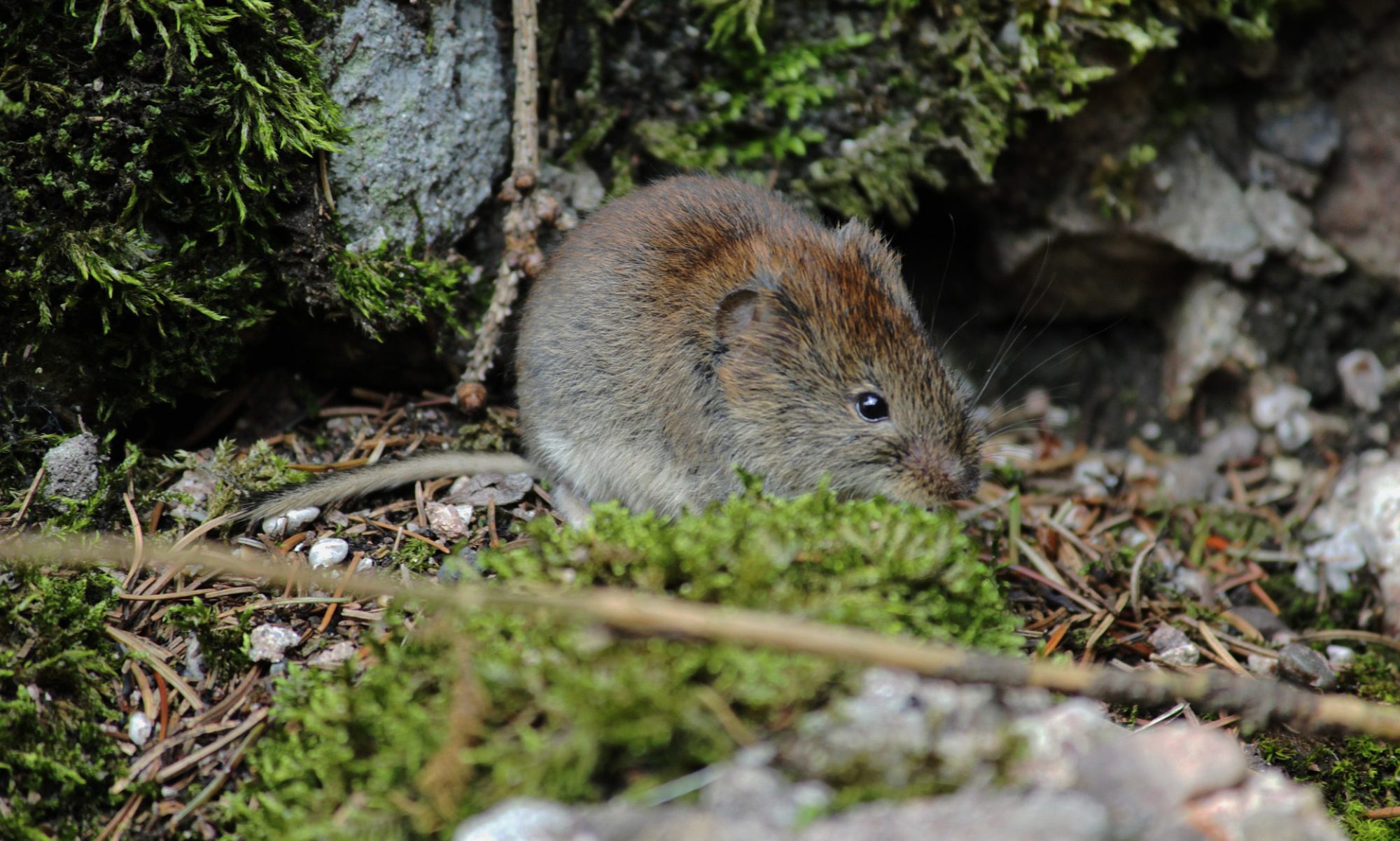Conservation Activities
| Generic Risk Assessment Assessment: General Conservation Activities
Scope: [Activity Name] |
||
| Volunteer’s Tools: Volunteers bring their own tools which must be fit for purpose, at their own risk. The Group cannot accept any responsibility for a volunteer’s own tools unless by prior agreement.
Volunteer’s Dogs: Dogs should only be brought to sites where they will not disturb wildlife and other livestock and where it is acceptable to the management and other users of the site. Dogs are brought at the owner’s own risk, the group cannot accept any responsibility for their wellbeing. Insurance considerations Insurance does not cover the use of chain saws. The following statement has been made to Econet’s insurer’s regarding tree felling: “We occasionally fell trees with trunks over 15cm diameter, maximum in the region of 18 – 20cm. Maximum height of tree felled would be in the region of 10 – 12m. [but such trees would generally of smaller girth].” No task should be undertaken which contravenes this statement. Note: A diameter of 20cm (8in) equates to a girth of 63cm (25in). |
||
| Typical groups at risk Volunteers; other site users; general public | Typical uncontrolled outcomes Slips and trips; strained muscles; scratches to face and head; inflammation of joints; puncture wounds; cuts and lacerations; blood borne infections | |
| Hazards
Slips, trips and falls Contact with hand tools Manual handling Contact with services Contact with traffic Volunteer’s dogs Contact with micro organisms Irritant or poisonous plants Insect bites and stings Weather conditions |
Controls
Keep site and materials tidy. Make safe trip hazards highlighting any where this is not possible. Tools (including volunteer’s own) should be in good state of repair and fit for purpose. Where possible tools being transported should be contained within tool bag(s) with blades guarded. Give tools talk at start of task to impart and reinforce knowledge. (Volunteers should know name, purpose and correct manner of use of tools, including carrying techniques, storage, safe working distances and applicable protective clothing.) Set aside damaged or blunt tools for maintenance or to be discarded. Sturdy footwear should be worn. Swinging tools should not be used with gloves (at least not on the hand gripping the tool) or in wet conditions; observe safe working distances. Regularly check that safe working distances are being observed. Tools not in use should be stored in tool bag or laid on ground in clear view where not a trip hazard. Demonstrate safe lifting and handling techniques. If available, use wheelbarrows and other handling aids to move heavier items. Ensure routes for transporting tools and materials are kept clear. Check for services as part of site inspection, mark and avoid. Avoid felling near overhead services. Where underground services suspected, use hand tools for digging within 1 m of line, do not use crowbars. Unload vehicles away from traffic. Use tape, warning signs or cones where appropriate. Post lookouts to slow traffic whilst vehicles are manoeuvring. Park vehicles to enable quick access and departure in emergency, and to allow access by emergency services. Protect any cuts, advise all volunteers to ensure tetanus inoculation. Avoid contact with stream and pond water. Wear gloves when handling soil. Warn of possible presence of irritant plants. Wear gloves and long sleeves when working with or near irritant plants; wash exposed skin thoroughly after work. Wear long sleeves if biting insects may be present, use insect repellent. If wasp or bees’ nest found, highlight and stop working in immediate vicinity. Provide information about ticks and Lyme disease including symptoms. Advise volunteers to wear boots, long trousers and tops with sleeves to avoid ticks, tuck trousers into socks, and after task to check for ticks and bites and to seek immediate medical advise if they have concerns. Note: Although most common from late spring until autumn, tick bites can occur at any time of the year whenever the conditions exist for ticks to be active. In hot or sunny conditions, keep skin covered and use high factor sun cream on exposed skin; stop work if volunteers ill attired for conditions, in discomfort or the work is increasing in risk. Always wash hands or use cleansing wipes or gel before eating, drinking or smoking. Dogs brought by volunteers to tasks must be well behaved and under the control of their owner at all times, they must not put volunteers or others at risk by causing a distraction or otherwise disrupting the task. |
|
| PPE Coppicing, felling & scrub clearance: Rigger gloves; Goggles; Hard hats; Hedging gloves…. Items needed will vary according to the task. |
||
Risk assessment adapated from econetreading.org.uk

